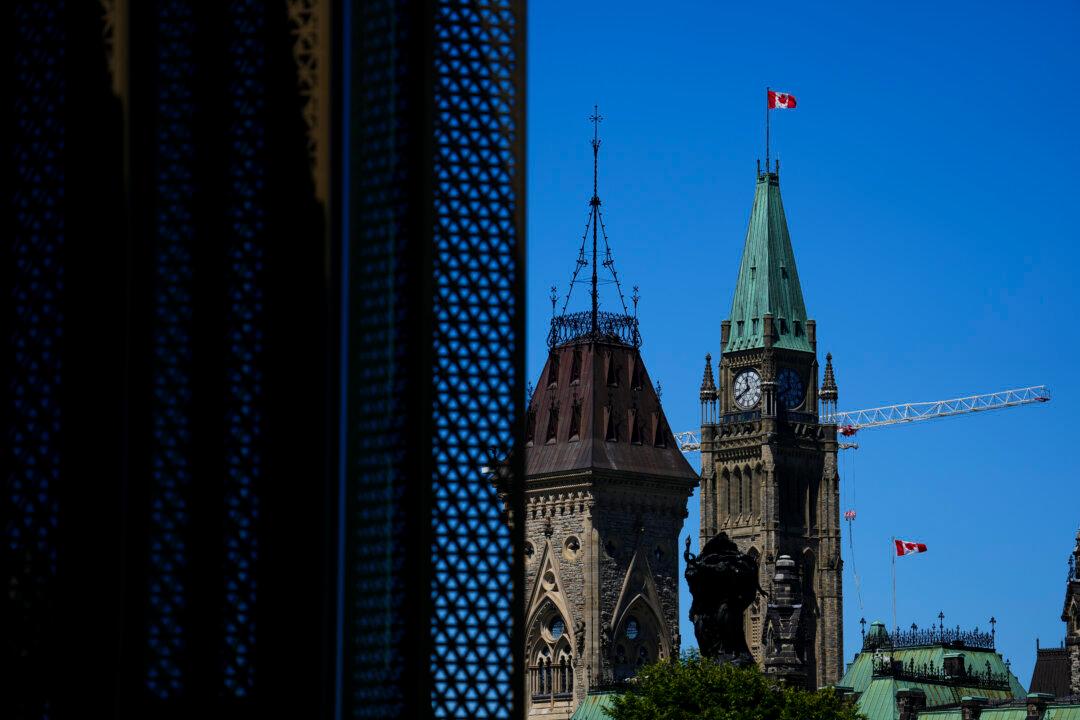A landmark intersection in Winnipeg could soon be open again to pedestrians.
Mayor Scott Gillingham said on Mar. 1 he’s in favour of reopening the intersection of Portage Avenue and Main Street to foot traffic by the summer of 2025, after receiving a report on the cost of needed repairs.
Concrete barriers have prevented pedestrian crossings there for more than 40 years, forcing people to go through an underground concourse.
The study says carrying out repairs at the intersection while maintaining the underground walkway would cost $73 million and disrupt traffic for up to five years.
Mr. Gillingham says the work could be less expensive and disruptive if the underground concourse is closed and the intersection opened to pedestrians.
The final decision will be up to city council.
“We need to make, I think, a wise decision, a prudent decision,” Mr. Gillingham said.
“And, in light of the information we now have that we didn’t have before, I’m saying that now we need to open it to pedestrian traffic.”
The intersection holds a special place in Winnipeg hearts.
It was where the city’s first business was set up outside a fort to the south, becoming the centre of Winnipeg as it grew to become the gateway to the West a century ago.
People have congregated by the thousands at the intersection to celebrate milestones—from the end of war to the return of the National Hockey League.
The intersection has also appeared on a stamp and has been mentioned in a song by rocker Randy Bachman.
It was open to pedestrians until 1979, when developers agreed to build an adjacent office tower and underground mall on the condition the city force pedestrians below street level.
Ever since, large barriers have prevented people from crossing, forcing them into an underground circular concourse that can leave visitors confused. Its series of hidden, narrow stairway entrances and not-always-functional elevators have also raised concerns about accessibility for people with mobility issues.
Supporters of the barricades have said the no-pedestrian zone reduces accidents and prevents downtown traffic snarls.
In a 2018 non-binding plebiscite called by former mayor Brian Bowman, 65 percent of voters opted for keeping the barriers up. Mr. Gillingham, who won the next election in 2022, said he would respect the results.
But soon after, the city realized work was needed to replace a waterproof membrane underneath the road surface that prevents water from entering the underground concourse. The city said at the time the work would involve temporarily removing the above-ground barriers.







